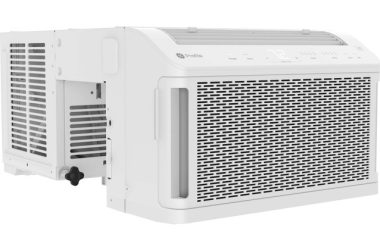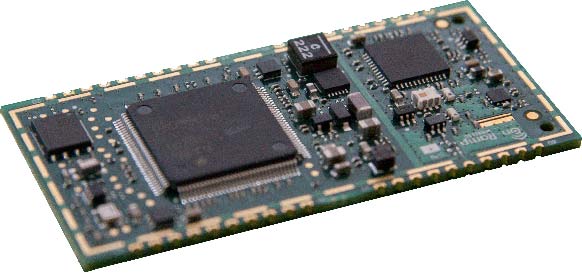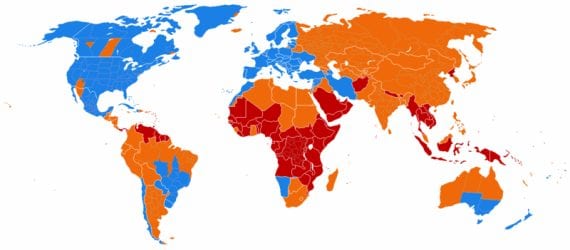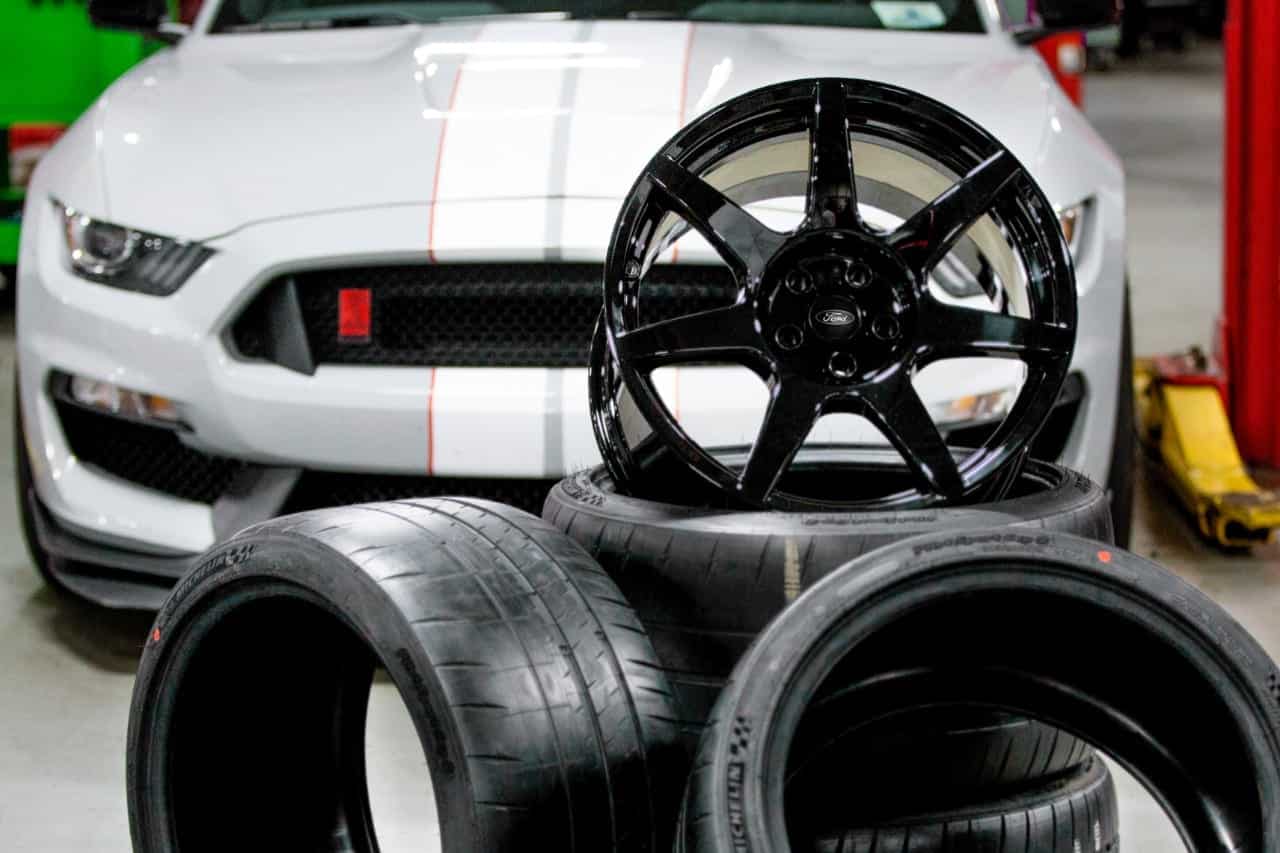Boris Johnson, the Mayor of London, England, has decided to use distribute waste heat from subway tunnels and electrical substations to homes in London (a form of district heating).
Benefits of this include reduced heating costs for these homes by enabling residents to turn their heaters down or off. According to the executive member of sustainability of Islington Council, 500 tons of CO2 emissions could be avoided annually.
[yframe url=’http://www.youtube.com/watch?v=WoEqq9aA400′]
Video Credit: GeoBeats News on Youtube.
This is a highly efficient concept, as the heat generated by subway tunnels and substations in general are wasted by venting it into the atmosphere. The mayor also intends to utilize combined heat and power (CHP), which involves using generators to not only generate electricity, but utilizing the waste heat generated by them to heat buildings.
This provides an even greater efficiency improvement because roughly 32% of the fuel consumed by typical coal and natural gas power plants goes towards generating electricity, while the remaining 68% is converted into heat and the rest is blown out the exhaust.
This effort helps him to achieve his goal of reducing carbon dioxide emissions by 60%, and to obtain 20% of the city’s energy from local sources by 2025.
Source: Grist







